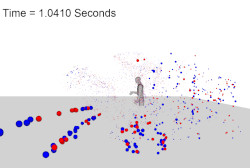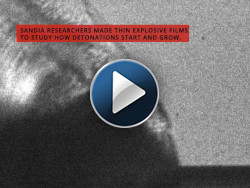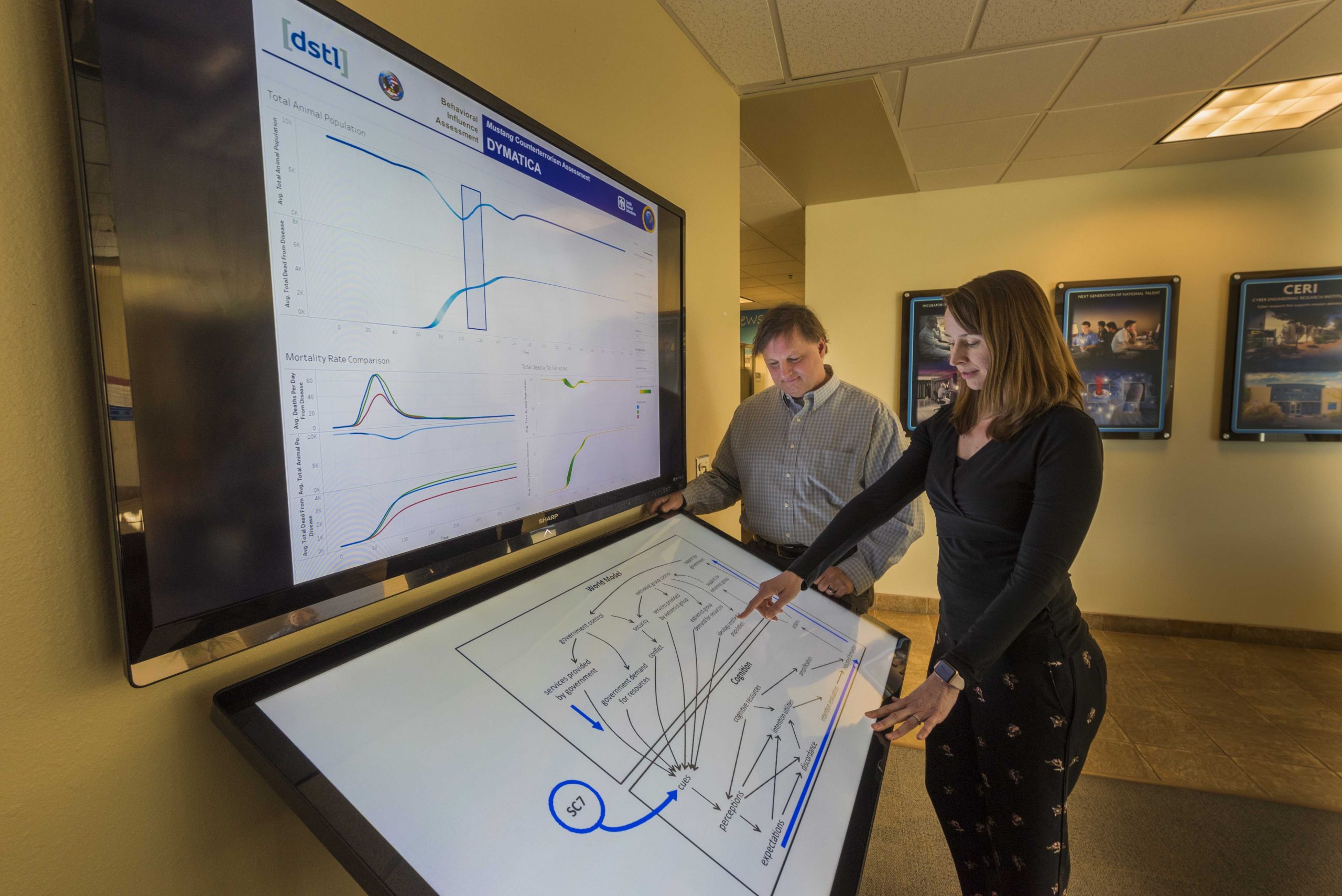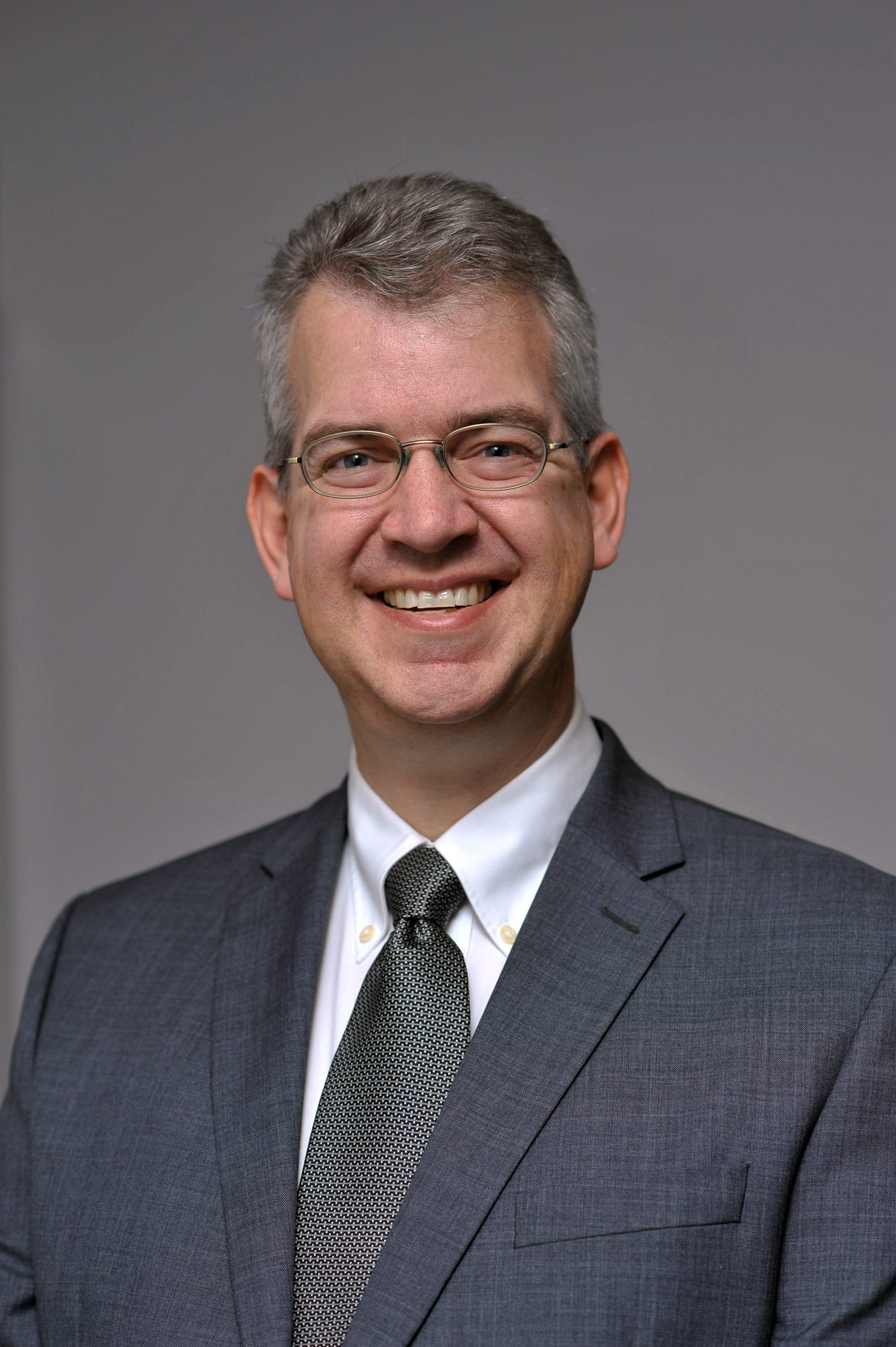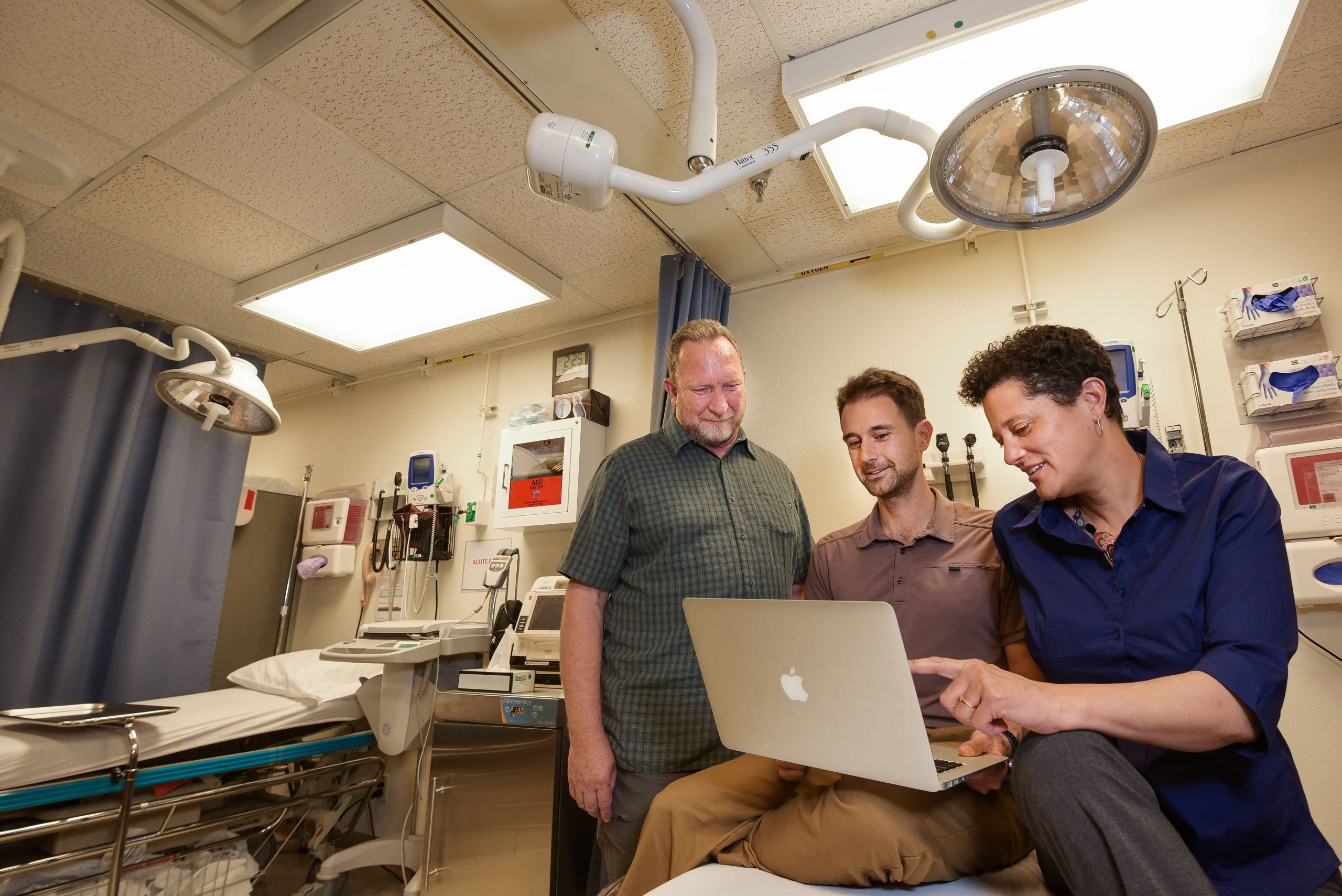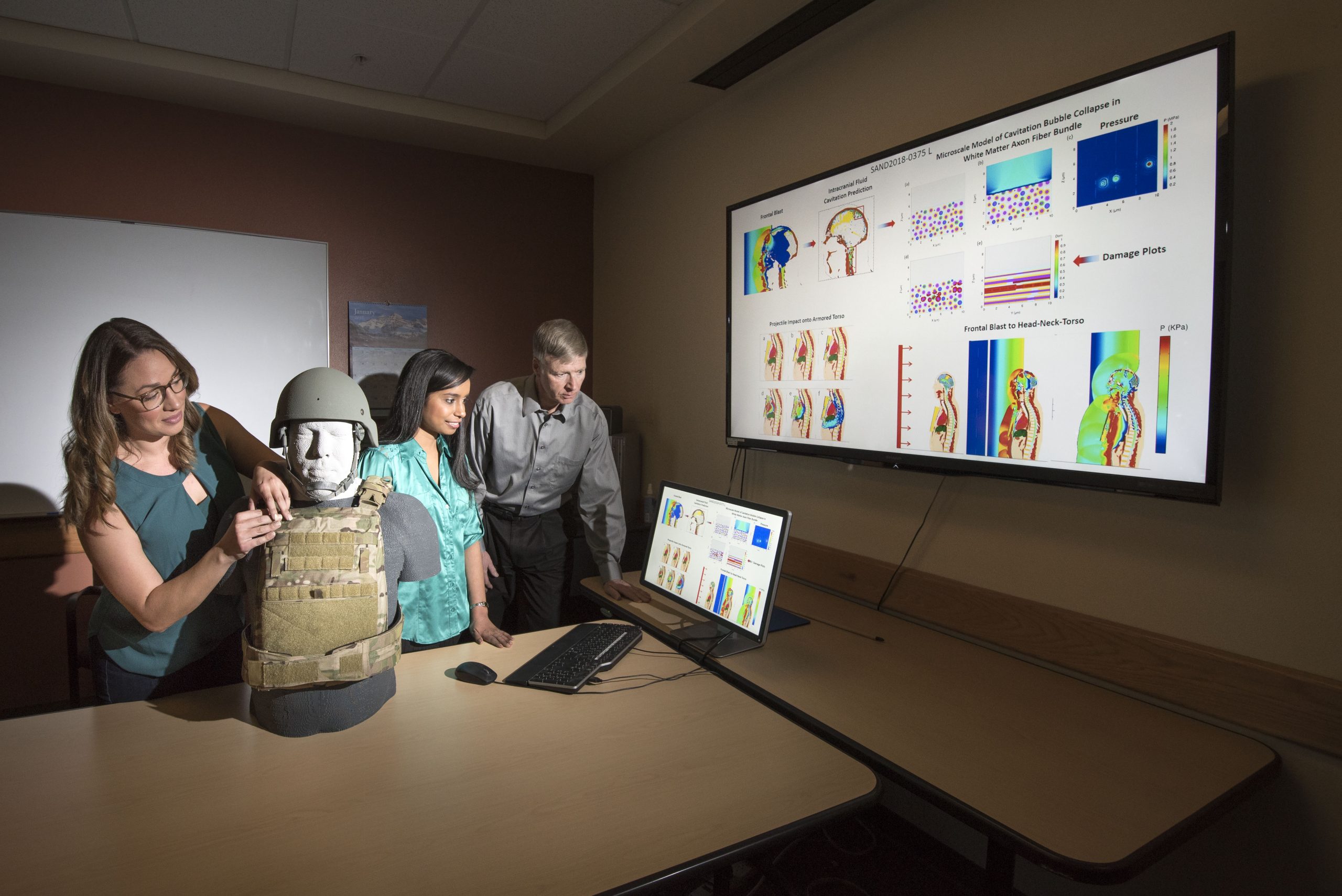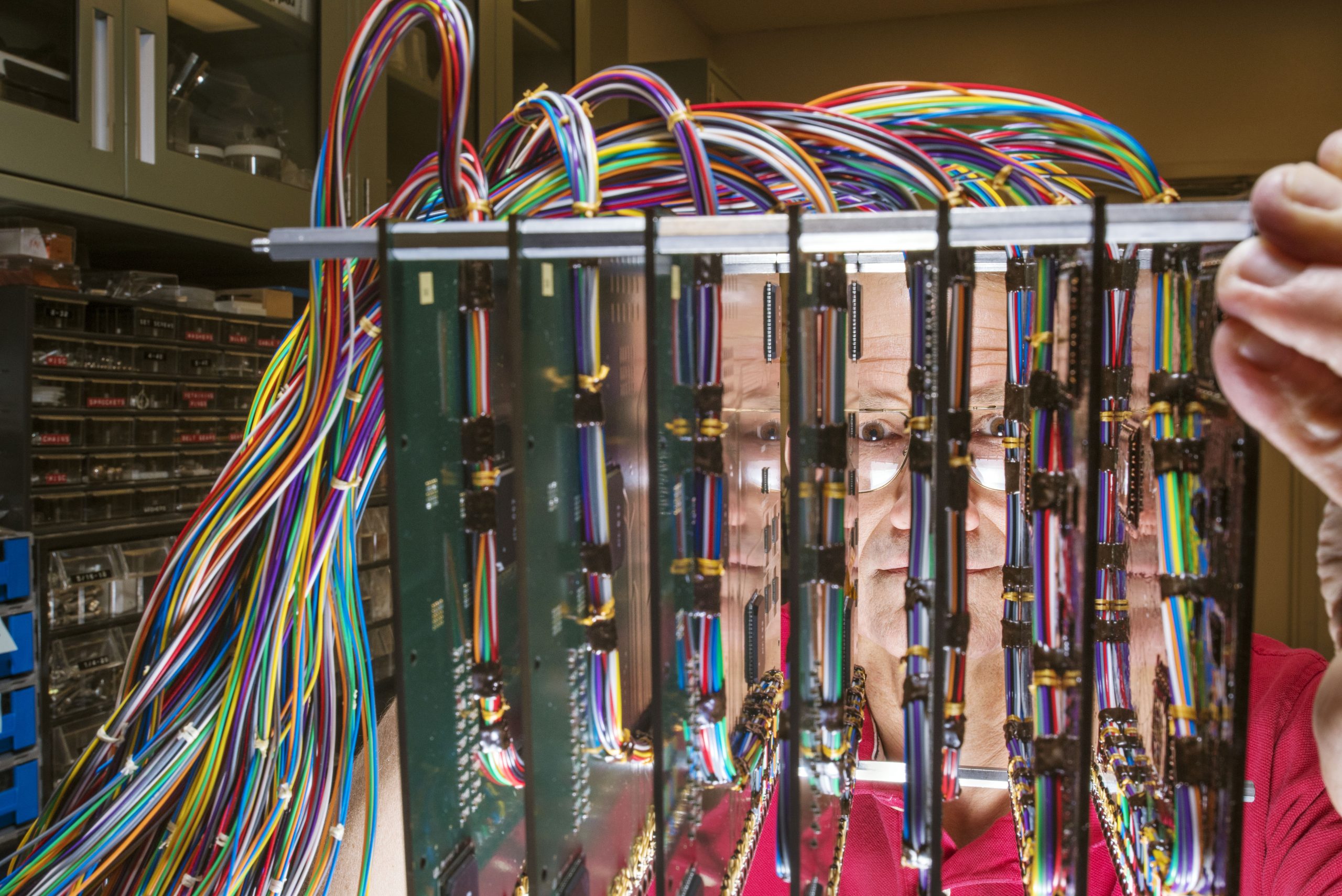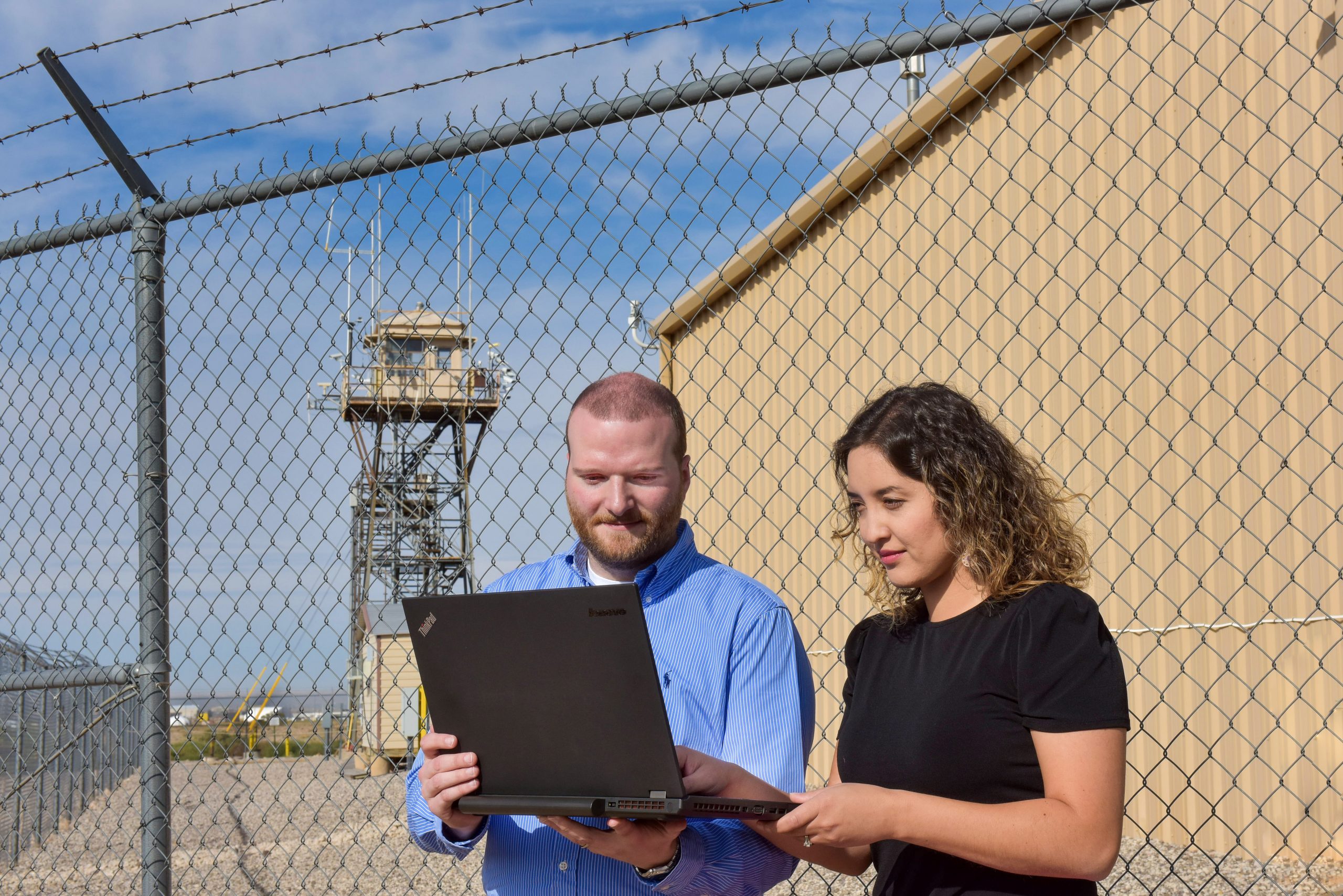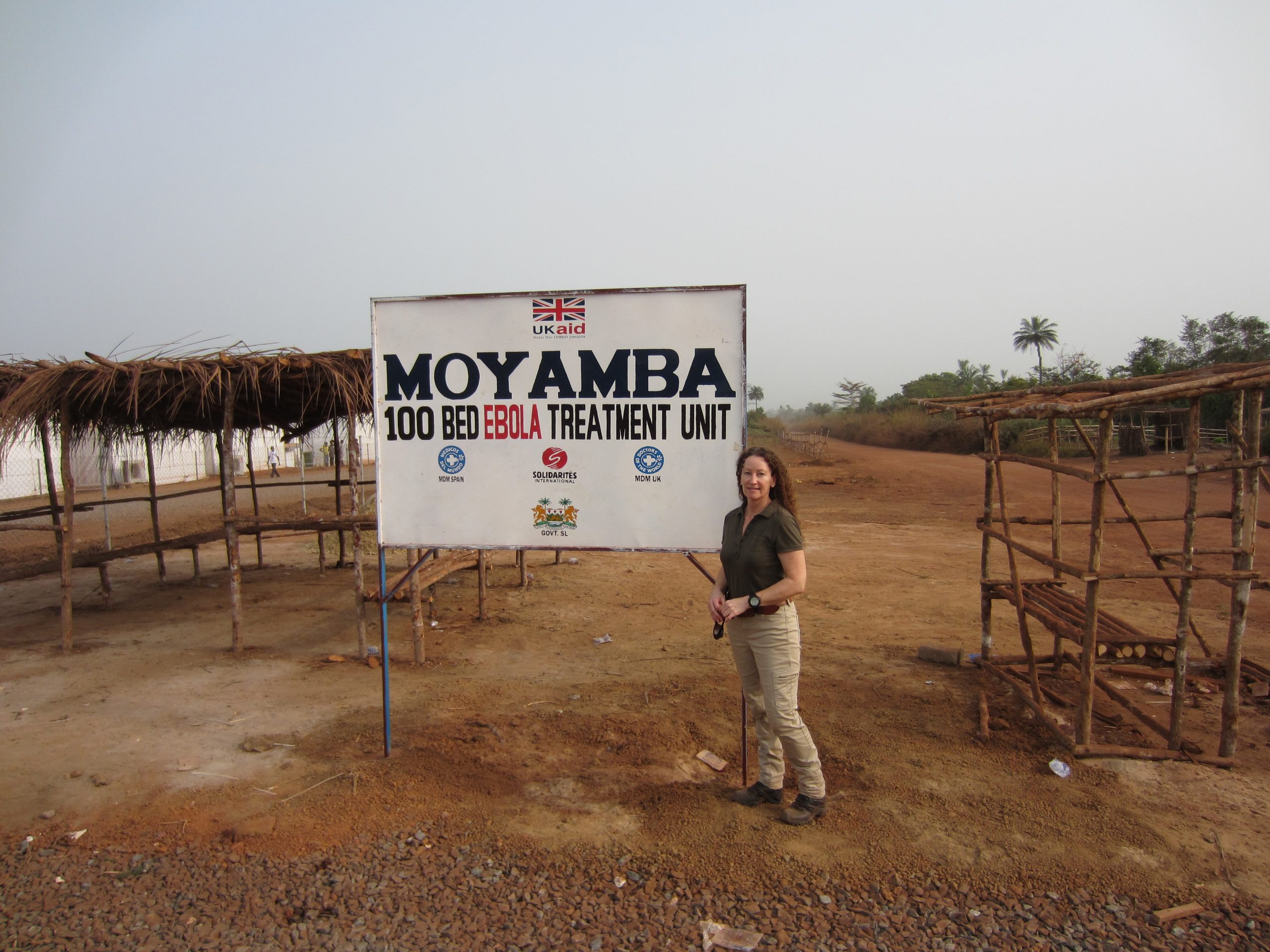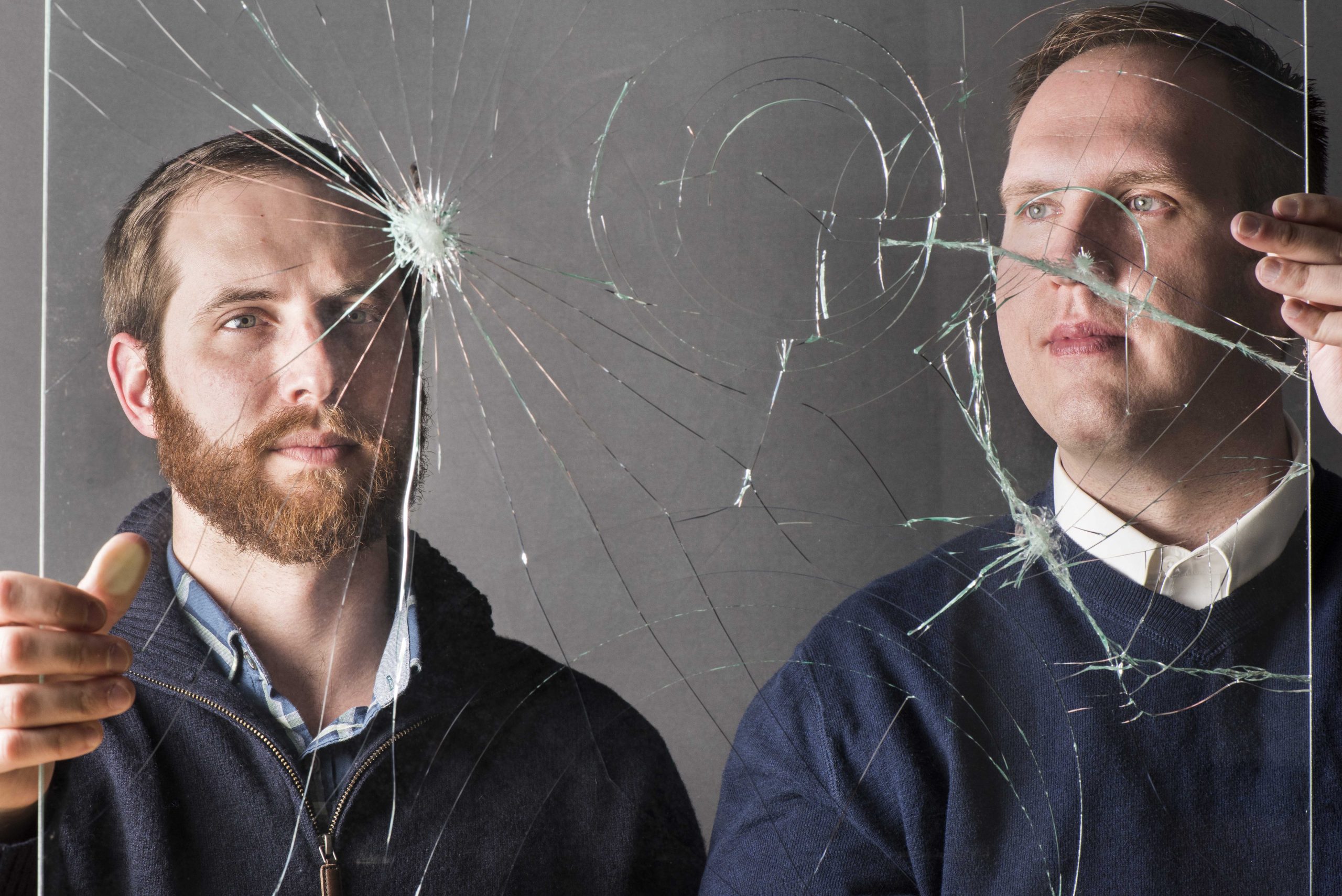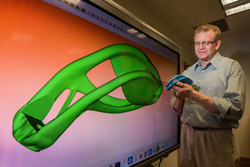May 11, 2021 • ALBUQUERQUE, N.M. — Two groups of researchers at Sandia National Laboratories have published papers on the droplets of liquid sprayed by coughs or sneezes and how far they can travel under different conditions. Both teams used Sandia’s decades of experience with advanced computer simulations studying how liquids and gases move...
